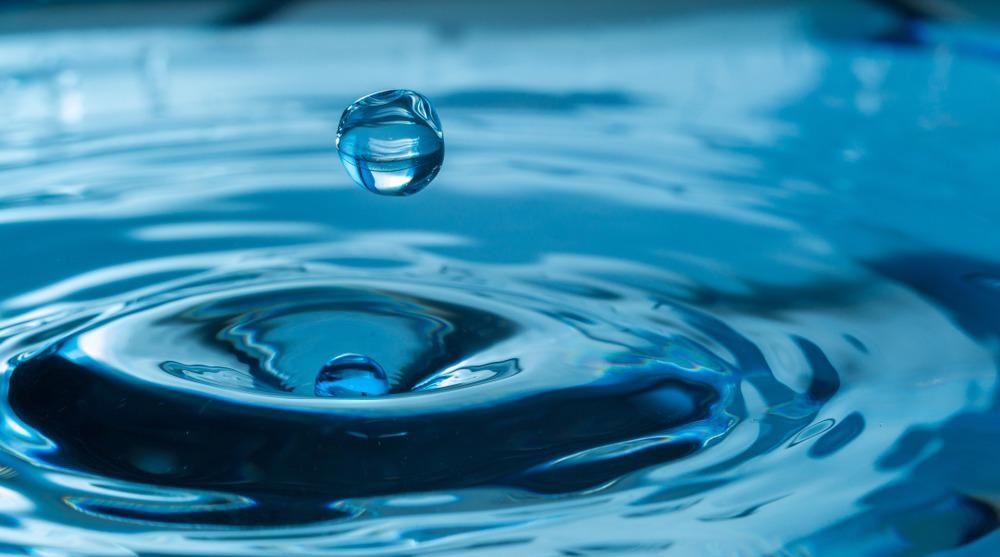In an article published in the journal Chemosphere, a detailed method to develop adsorbents to remove heavy trace metal pollutants from contaminated water was presented.

Study: Synthesis of green nano sorbents for simultaneous preconcentration and recovery of heavy metals from water. Image Credit: Peter Bocklandt/Shutterstock.com
Water and Metals – A Toxic Love Story
The presence of trace heavy metals, such as Nickel, Cadmium, Mercury, Lead and Arsenic, can pose considerable health hazards to all forms of life that depend on water sources even in low concentrations. Heavy metals are those with an atomic number greater than 20
Such metals are generally considered to be compounds found in nature but have been released in vast quantities into many terrestrial ecosystems as a consequence of anthropogenic actions.
As a result, the ecosystem is negatively impacted, putting the health of many organisms in danger. The two sources of pollutants are point sources, where all pollutants are linked to a single source, and nonpoint sources, with pollutants coming from sources that are difficult to identify.
Not many incidents have been recorded where point sources, occurring due to processes such as weathering of ores and tiny metal particulates in the soils, water and air surrounding the workshop from coal-consuming power stations through exhaust fumes.
For a race that survives mainly on water consumption, there is a strong necessity to develop effective water purification techniques.
Proposed Remedies for a Sinking Future
Adsorption is widely acknowledged as the most efficient and effective way of removing contaminants from water.
For the reason that it is inexpensive, readily available, and environment friendly, the adsorption procedure is generally employed to eliminate heavy metals from water. These heavy metals are removed from water using either biological or commercial adsorbents, both having a high removal capability.
Silica gel is an amorphous and permeable variant of silicon dioxide that is commonly employed as an adsorbent that absorbs fluids containing traces of the heavy metal ions of interest.
In this paper, the suggested operation is based on the target ions' retention and desorption in buffered model solutions on the gel-filled columns enhanced by vanadium oxide sorbent.
Virtue of Vanadium
The authors of the paper developed a way to combine vanadium oxide with silica gel as the effective adsorbent to purify water.
Vanadium oxide (V2O5) is one of the most significant compounds of vanadium, and it is frequently employed in the creation of different catalysts in many technical processes when combined with silica gel (SiO2).
The characteristics of silica gel - vanadium oxide (SiO2/V2O5) as catalysts have been thoroughly researched by experts in the field.
V2O5 alteration of silica gel is commonly accomplished using one of two methods:
- Impregnation: the absorption of a certain quantity of vanadium solution into the aperture of an inorganic oxide.
- Grafting: a method of eliminating vanadium derivatives through a solution by grafting hydroxyl group on an inorganic substrate's top layer.
The researchers found the latter technique to be more useful in creating an adsorbent that is more selective and less active.
Proof of Concepts
Scanning electron microscopy (SEM), as well as Fourier Transmission IR (FTIR) spectroscopy, were used to characterize the adsorbent's morphology and interfacial physicochemical properties.
The authors investigated the concurrent investigation of eight metallic ion concentrations by taking water samples from nearby river samples and verified that the proposed preconcentration technique worked well.
For verifying the practicality and feasibility, the investigators obtained findings under ideal conditions, making it an indispensable tool for determining the low grade of analytes.
According to the FTIR measurements, vanadium oxide can form viable bonds with silica gel, which improves the adsorption process for heavy metals.
On the SiO2 surface, SEM reveals a considerable amount of matter and aggregation of vanadium oxide particles, indicating that the surface has been changed.
This demonstrates that the synthesized vanadium oxide in amalgamation with silica gel can potentially be used as an economical and efficient adsorbent for removing metallic ions from liquid solutions.
Problems Flushed Away?
The proposed amalgamation of silica gel and vanadium oxide is an inexpensive adsorbent for removing heavy metals from water.
While we can be optimistic about the future with the development of such methods, we also need to be mindful of wasting vital resources such as water.
Reference
Sulejmanović, J., Memić, M., et al. (2022). Synthesis of green nano sorbents for simultaneous preconcentration and recovery of heavy metals from water. Chemosphere. Available at: https://www.sciencedirect.com/science/article/pii/S0045653522004647?via%3Dihub
Disclaimer: The views expressed here are those of the author expressed in their private capacity and do not necessarily represent the views of AZoM.com Limited T/A AZoNetwork the owner and operator of this website. This disclaimer forms part of the Terms and conditions of use of this website.